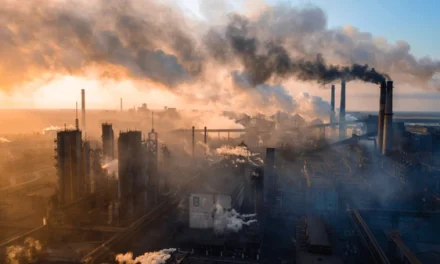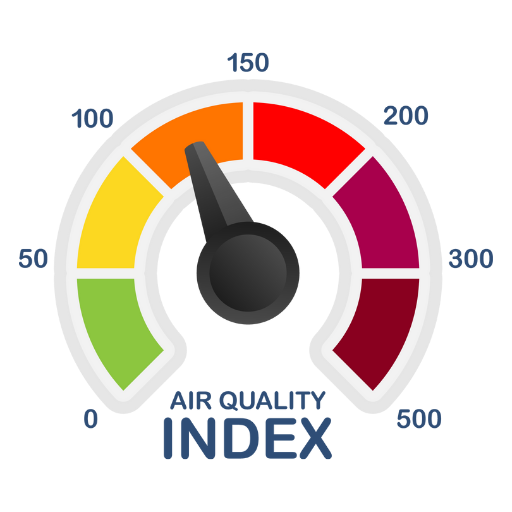New York City, being a highly populated and urbanized area, faces air pollution challenges. The primary sources of air pollution in the city include vehicle emissions, industrial activities, building emissions, and construction projects. These factors contribute to the presence of pollutants such as particulate matter, nitrogen dioxide, and ozone.
The New York State Department of Environmental Conservation (NYSDEC) and the New York City Department of Environmental Protection (NYCDEP) monitor and regulate air quality in the state and the city, respectively. They have implemented measures to control and reduce pollution levels, including stricter emission standards, promoting clean energy, and improving transportation infrastructure.
The Air Quality Index (AQI) is used to assess air quality and provide information on its potential health effects. The AQI scale ranges from 0 to 500, with higher values indicating poorer air quality. Different levels on the AQI scale represent different health concerns, ranging from “Good” to “Hazardous.”
To get up-to-date and specific information on the current air quality status in New York City, you can visit the official website of the NYCDEP’s Air Quality Index (AQI) at https://www1.nyc.gov/site/dep/environment/air-quality.page. The website provides real-time air quality data, including the current AQI level, pollutant concentrations, and health advisories if applicable.
It’s important to stay informed about air quality conditions and take necessary precautions, especially for individuals who are more sensitive to air pollution, such as those with respiratory conditions or cardiovascular diseases.
New York Air Quality: Case study
Certainly! Let’s take a closer look at the air quality in New York City as a case study.
New York City (NYC) is a densely populated urban area with various sources of air pollution. The city faces challenges related to transportation emissions, industrial activities, construction projects, and building emissions. These factors contribute to the presence of pollutants such as particulate matter (PM2.5 and PM10), nitrogen dioxide (NO2), sulfur dioxide (SO2), and ozone (O3).
Efforts to monitor and improve air quality in NYC are led by the New York City Department of Environmental Protection (NYCDEP) and the New York State Department of Environmental Conservation (NYSDEC). These agencies collect data on pollutant levels and use the Air Quality Index (AQI) to provide information on air quality and its potential health effects.
The city has implemented various measures to reduce air pollution and improve air quality. Here are a few examples:
- Transportation: NYC has been working to reduce vehicle emissions through initiatives such as improving public transportation, promoting the use of electric vehicles, and implementing bike-sharing programs. Additionally, the city has implemented vehicle emission standards and traffic management strategies to reduce congestion and idling.
- Clean Energy: Efforts are being made to transition to cleaner energy sources. The NYC Clean Heat program, for instance, aimed to phase out the use of heavy heating oils in buildings, which helped reduce particulate matter emissions.
- Regulations: NYC has implemented regulations to control emissions from industrial activities, power plants, and other sources. Stricter emission standards and permit requirements help limit pollution from these sources.
- Building Efficiency: Initiatives to improve the energy efficiency of buildings contribute to reducing emissions. NYC has implemented programs such as the NYC Carbon Challenge and the NYC Retrofit Accelerator to encourage building owners and operators to adopt energy-efficient practices.
- Public Awareness: Public education and awareness campaigns aim to inform residents about the importance of air quality and the actions they can take to reduce pollution, such as conserving energy, reducing vehicle use, and reporting instances of excessive emissions.
Monitoring stations throughout the city continuously assess air quality and provide real-time data. This information helps residents stay informed about air quality conditions and take necessary precautions, especially during periods of poor air quality or health advisories.
While progress has been made, air quality remains a significant concern in certain areas of NYC. The city continues to work on implementing and strengthening measures to reduce pollution, improve air quality, and protect public health.
It’s worth noting that air quality can vary within different neighbourhoods of the city, depending on factors such as traffic density, proximity to industrial sites, and local emissions sources. Thus, it’s important for individuals to stay informed about air quality conditions in their specific locations and follow guidance from official sources to minimize exposure to pollutants.



